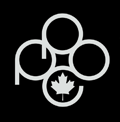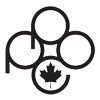Thursday, May 14, 2020
A PEEK INTO ACCREDITATION PREPARATION
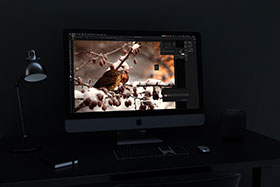
(Submitted by Mark Laurie. Images by Glenn Krahulic) - I was helping a PPOC member (Glenn Krahulic) to prepare his accreditation submission. The process might be helpful to you. Look at your body of work, what do you have the most of right now? What category will these images fit into? Rapidly go through them, select raw images with the finished images. Don't dwell too much on each image for its merits etc. Let your mind consider parts of the photo too. Do this quickly, and amass a large group of files.
When I do this, I usually wind up with 70 to 100 images. Many may be similar. By going quickly, you are tapping into your subconscious, and your instincts. You are probably pulling images that your mind's eye can see something in. I create two folders; "SELECT 1" and "TRASH". For this step, I will use Bridge. It is set up as a light table with a larger preview window to the side. My first scan through is for images that technically will not make the cut. They go to Trash.
As I am doing this, if an image stands out, I will drop it into Select 1. Before it goes I do look at in the preview window. Is there something beyond the technical issue that speaks and that a unique approach could save. For example, it could be blurry yet have a great composition. The blur can be exaggerated, saturation increased, some liquify applied. It could be cropped. Mostly though, they go to the Trash. Then I look for similar images and put the weakest, into the Trash. This all happens pretty quickly, as you are developing a trust to your instincts, as you become so much more aware of so many things. Doing that here also creating an approach that will help you in photogrphing your images.
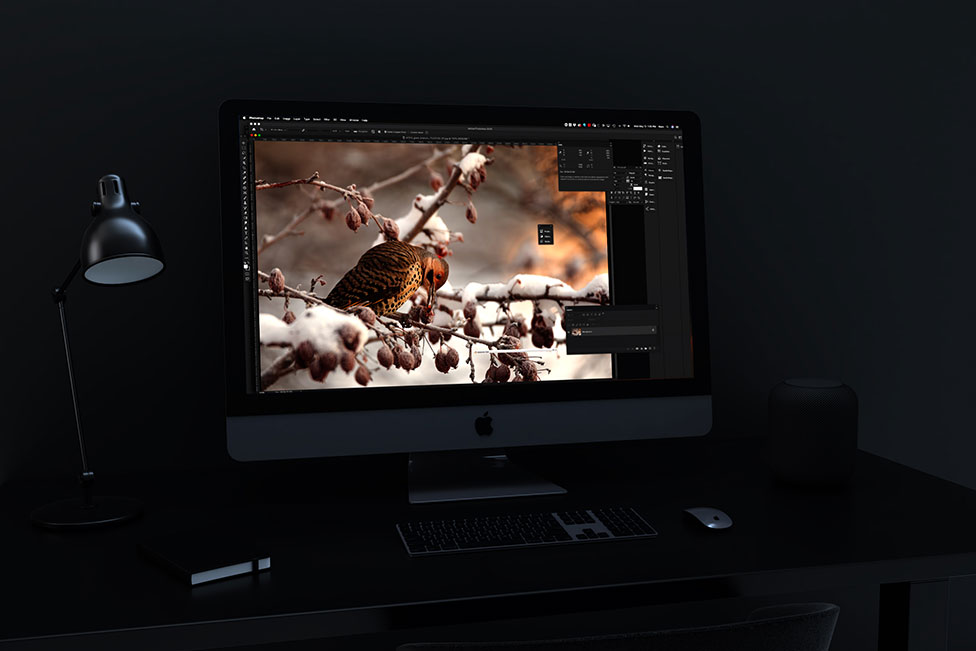
Each category for Accreditstion is going to have specific guidelines. I rapidly group the images to meet the guidelines. For example, in portraits - Different backgrounds; Varied lighting; Same subject can't appear more than once, are all examples. Once in groups, you will see a rich collection in some and weakness in others. Start with the larger group, pare them down. As you select them, keep in mind some of the post production work, enhancement, etc. that you can do. At this stage, you may have 15 to 20 images.
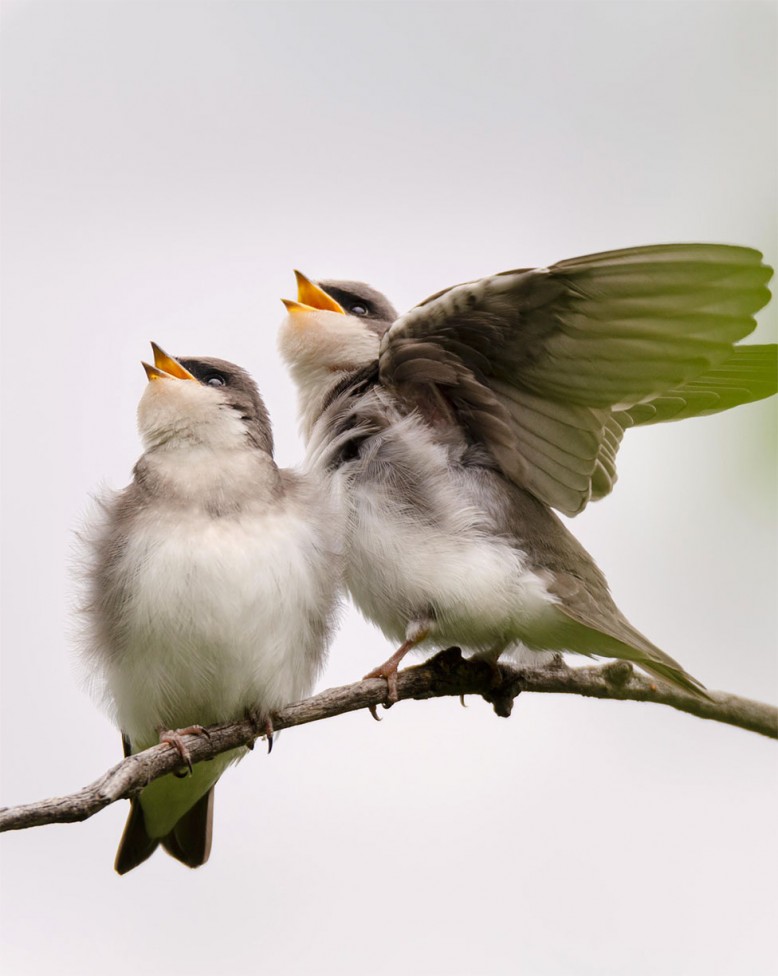
During this process, it became apparent that Glenn actually two viable submissions here. I'll focus on the first one. Now we can bring in two of Glenn's images. I was his advisor on the selection to get them narrowed down and choosing possible approaches to these images. The two birds first. The initial image had a great feel, birds' position was Ok. Shot too tight, wingtip clipped, no composition to work with. There was green contamination in the wings and underbellies.
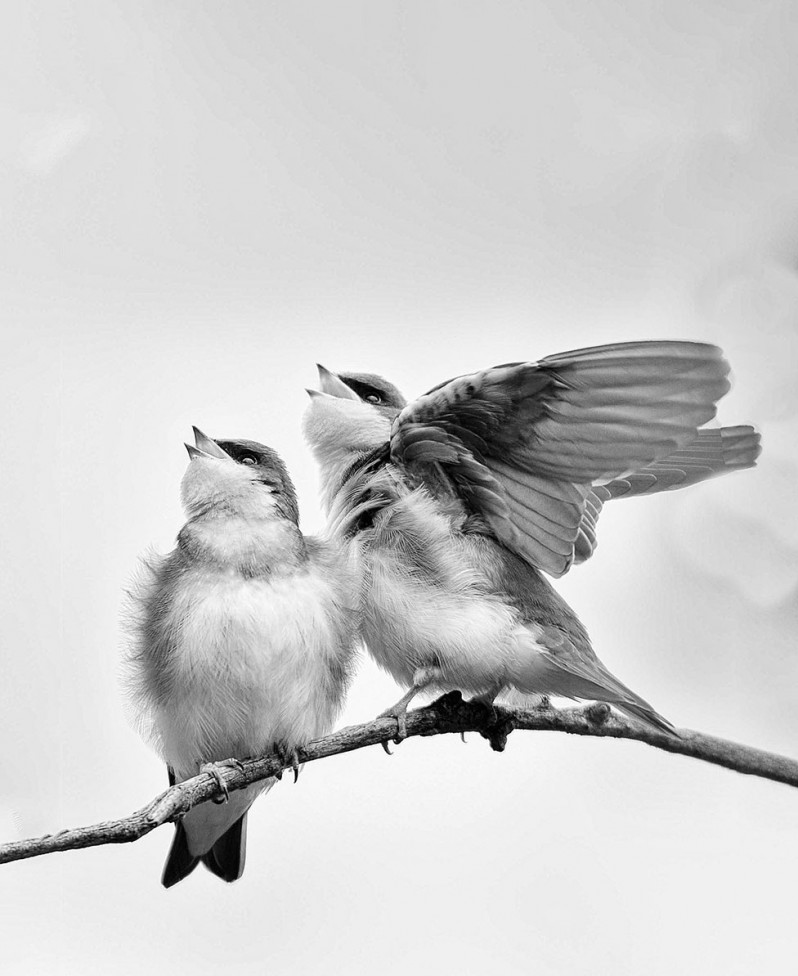
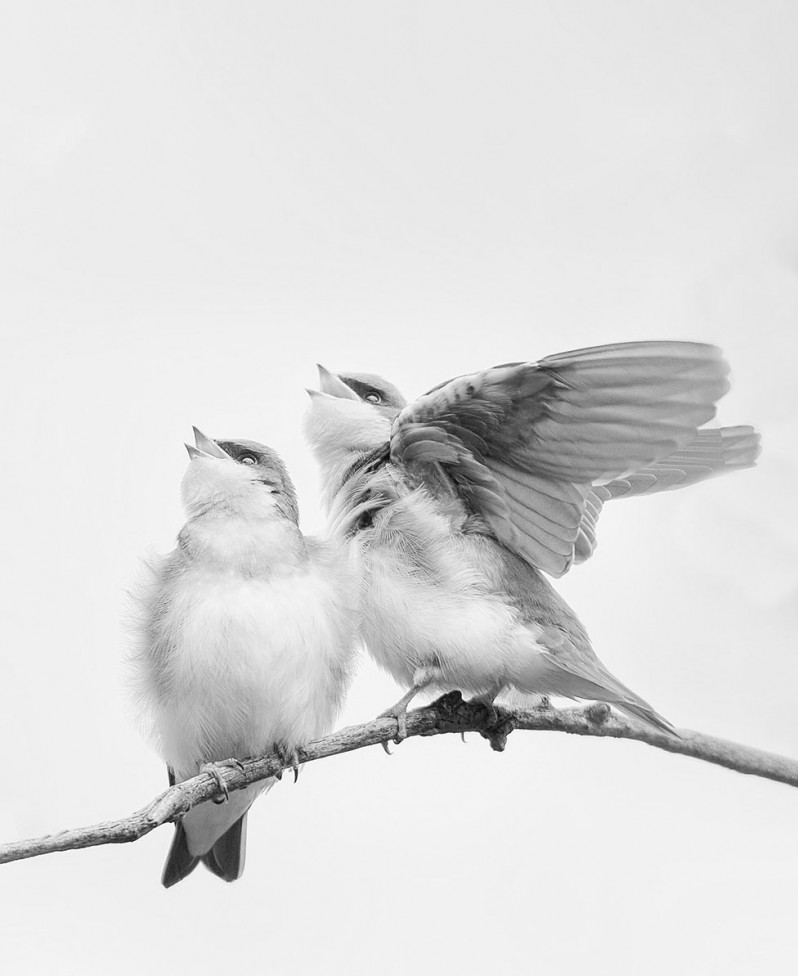
Two approaches will work with this image. You can crop in close if the file can take it or enlarge the canvas. This was Glenn's choice. He expanded the canvas, building up the twig and the wingtip. The green still became a problem. Glenn knew it was caused by the extreme out of focus green leaves and some reflection. Rather than try color correction methods. We looked at converting it to BW. There are hundreds of approaches. I gave him two examples to launch him. Here they are with the twig build-out and wingtip correction.
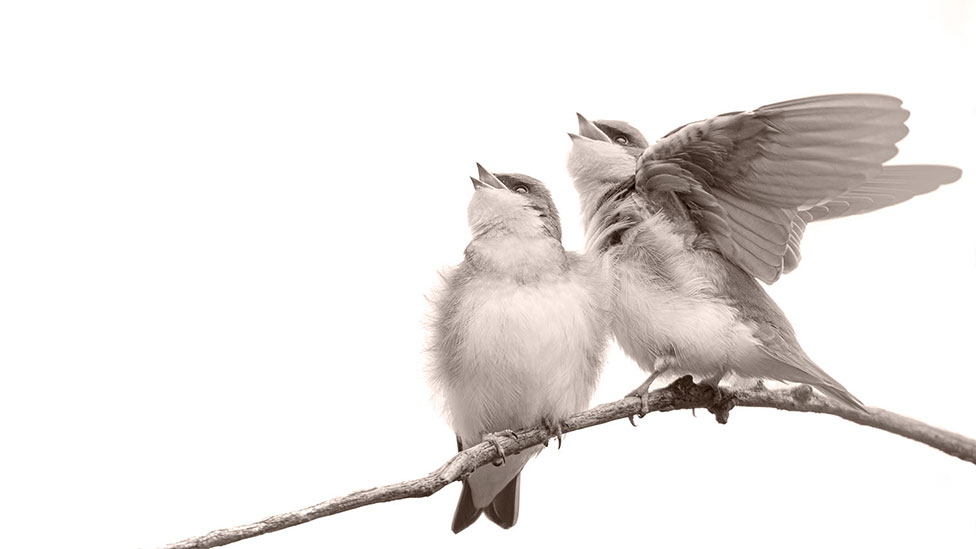
Glenn took that approach and polished it. The final result he submitted is tinted, and enlarged for the most effective composition with an increased twig build. You can see the incredible transformation from an image with the potential to one I am pretty sure will be accepted. It could well move up into a competition consideration. That is one of the goals or considerations for an accreditation submission, you are putting in images for soft contest judging consideration. The judges giving back some wows are worth remembering.
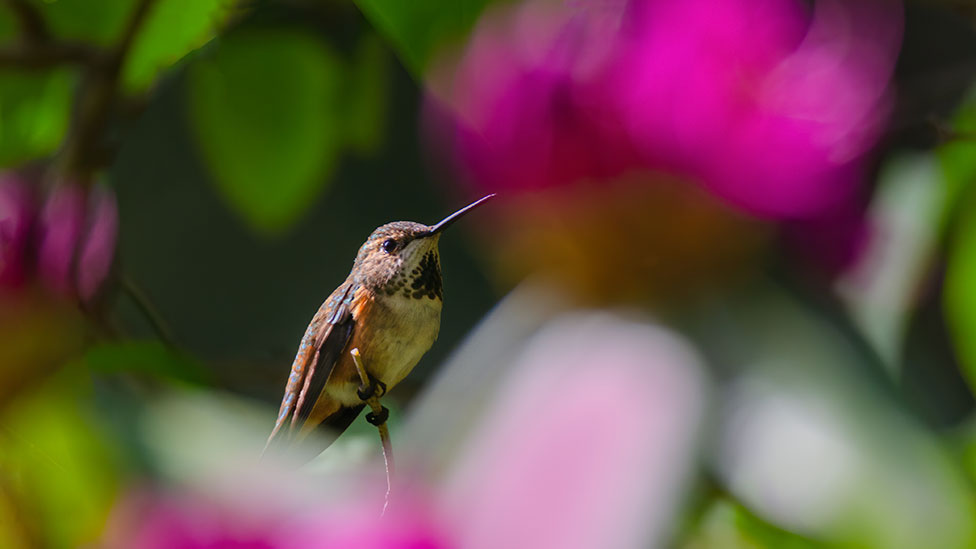
The next image is to show how much cropping in tight can work. With Glenn's hummingbird image, the initial drawbacks were: how small the main subject is and the enormous pink and white out of focus blobs. The eye goes to the areas of highest contrast. There was also a long white out of focus line that grabbed the eye before it could land on the bird, taking the eye travel to the out of focus blobs. The bird was a little dull too, but with great potential.
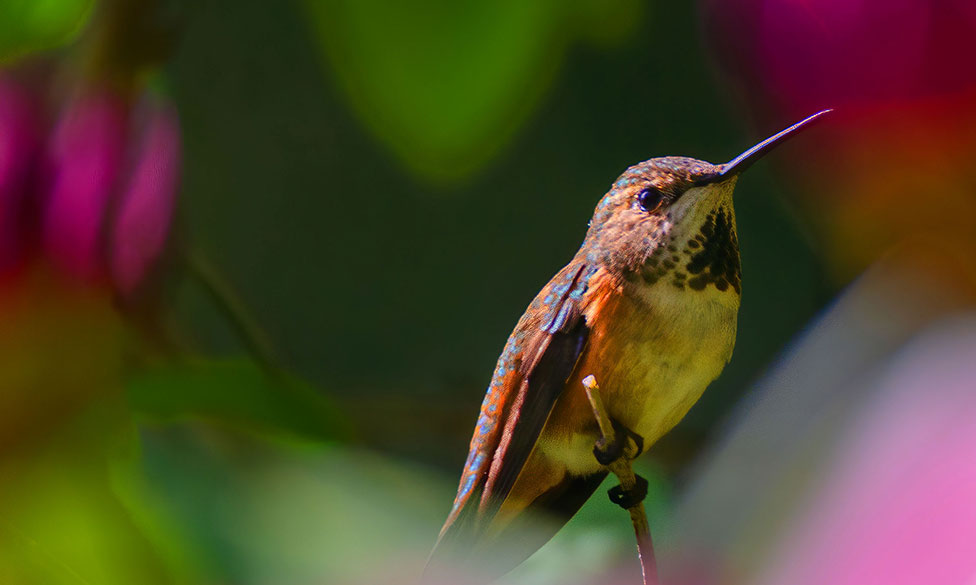
An extreme crop cleaned out the blobs, luckily the focus and file size still made the image viable. The cropping allowed for excellent composition positioning. The little guy was still dull, so saturation was increased. Some sharpening was added. Burning down on the foliage started to really bring the Hummingbird out. It brought out the green contamination on his chest too. At this stage, Glenn was also tweaking a few other images, digging other images up to replace weaker images. This little guy still had some issues that, even if corrected, would not bring it's impact up to the power of some of the new submissions. So even after the work, it was dropped from the submission.
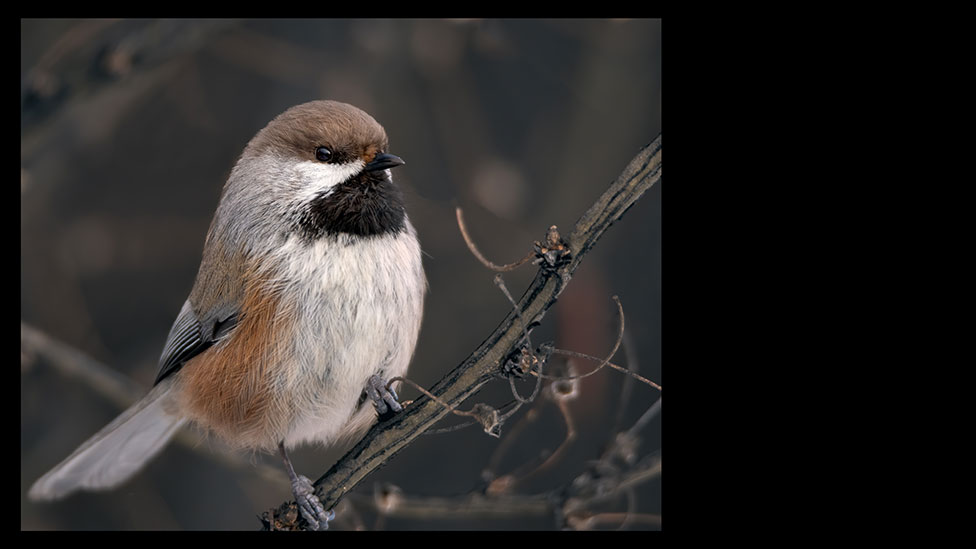
The final collection that Glenn submitted was very promising, and we are both looking forward to the judge's consideration. Our fingers are crossed, that they will agree.
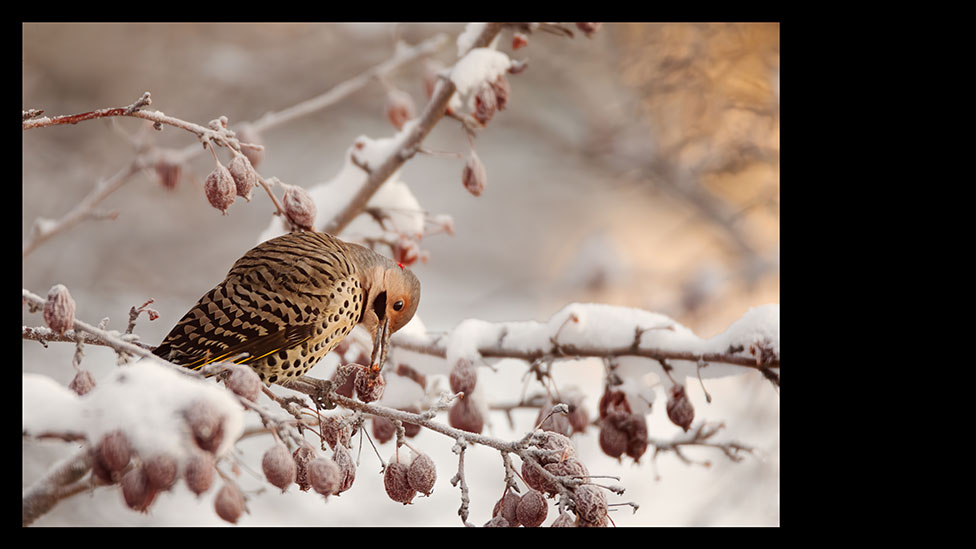
The process of preparing and then submitting an Accreditation affects you in several ways. You start looking at work as a body of work. You see the range of creative quality, and of your technical skill. You will see some of your weaknesses that you can now begin to address.
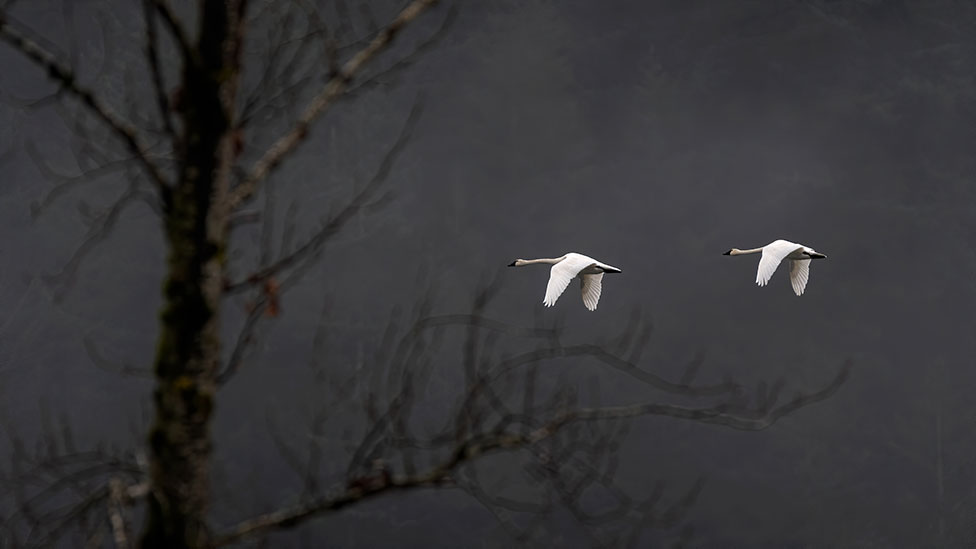
You become more aware of composition when you have "the moment right". You become more critical of your work and your shooting approach. This is good. Your mind will start to shift, seeing possibilities in images, for example. You will have set your personal bar a little or perhaps a lot, higher. Don't stop at the required First Accreditation; go for several. I am still gathering images for my next submission.
Article Submitted by Mark Laurie.
Mark is a Master Photographer with the PPOC and conducts business as Inner Spirit Photography, based in Calgary, Alberta. He was the 2017 Canadian Photographer of the Year. Mark has received many Internationally Awards, and specializes in Female Portrait Photography. He has written 4 Photography books and 1 Poetry Book. He currently teaches around the world. You can find his work at: www.innerspiritphoto.com.
